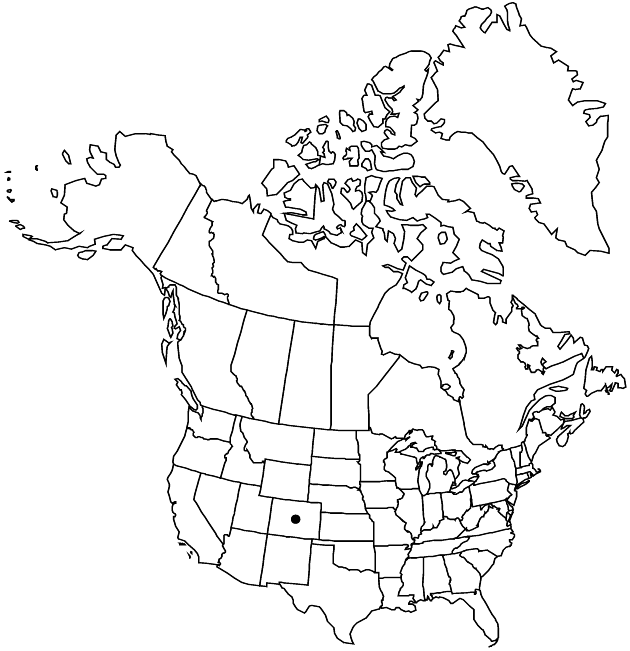Ambrosia linearis
J. Arnold Arbor. 45: 425. 1964.
Perennials or subshrubs, 20–40+ cm. Stems erect. Leaves mostly alternate; petioles 0; blades mostly linear (some 1-pinnate, lobes linear), 12–20 (–35+) × 1 (–2+) mm, bases cuneate, margins entire, abaxial faces strigillose (whitish), adaxial faces scabrellous. Pistillate heads clustered, proximal to staminates; florets 1. Staminate heads: peduncles 0.5–1 mm; involucres cupshaped (with black nerves), 4–6+ mm diam., strigillose; florets 12–20+. Burs: bodies pyriform to obconic, 2–4 (–5) mm, strigillose, spines (4–) 5–9 (–13+), scattered or mostly distal, subulate, (0.8–) 1–1.5 mm, tips usually uncinate.
Phenology: Flowering Jul.
Habitat: Seasonally wet, sandy soils
Elevation: 2000–2100 m
Discussion
Ambrosia linearis is in the Center for Plant Conservation’s National Collection of Endangered Plants.
Selected References
None.
Lower Taxa
"strigillose" is not a number.
